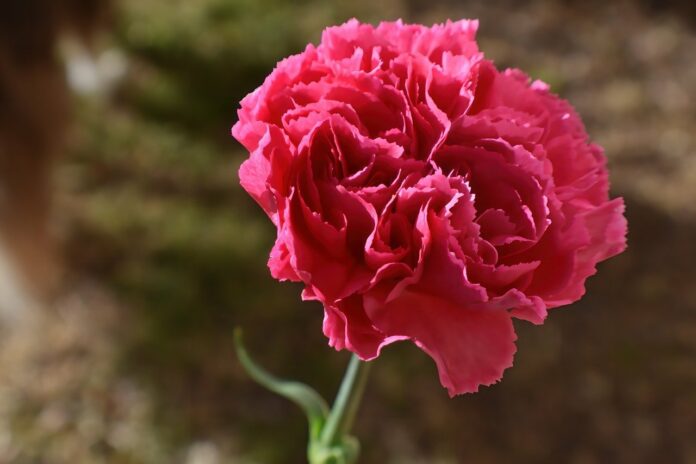Carnation flowers, which are unrelated to the spice of the same name, are widely popular in many countries. They became fashionable several centuries ago, and new varieties continue to be developed even today. Caring for carnations is manageable even for novice gardeners, which partly explains why they are so common in private gardens.
Facts About Carnations:
- In Portugal, the carnation became a symbol of the overthrow of the military dictatorship. The streets and clothing were adorned with these flowers when the regime fell.
- Carnations became a symbol of revolution in three countries: Austria, France, and Russia.
- One variety of carnation changes color throughout the day. It starts the morning white, turns pink by midday, and becomes dark pink by evening. This variety was created artificially.
- Cut carnations easily absorb dyes and can remain fresh for a long time. This is why they are available in various colors.
- The name “carnation” in the Russian language came from German, where the flower was named due to its scent’s resemblance to the clove spice.
- In France, carnations became popular after the Crusades. The popularity was due to the belief that a decoction of this plant helped combat an epidemic that had spread among French crusaders in Tunisia.
- Carnations were the favorite flower of the famous German poet Johann Goethe, who saw them as a strong symbol of resilience.
- In conservative medieval Spain, young women used carnations of different colors, pinned to their clothing, to send signals to their admirers when public conversations were not possible.
- In some European cultures, carnations were believed to protect people from misfortune. They were often pinned to the chest of soldiers heading into battle.
- In Belgium, carnations were once considered a flower for commoners, while in France, only the nobility were allowed to use them.
- According to etiquette, carnation bouquets can be given to both women and men.
- Carnations were always popular in the Soviet Union, becoming a symbol of victory in the Great Patriotic War.
- There are currently about 350 varieties of carnations worldwide, with new ones still being registered by the Royal Horticultural Society in London.
- According to an ancient Greek legend, carnations appeared when the goddess of hunting, Artemis, angered by a failed hunt, accused a shepherd of scaring away all the game with his flute and tore out his eyes, which became the first carnations. Therefore, in Greece, red carnations symbolize the blood of the innocent.
- Breeders continue to work with carnations because different species easily crossbreed with each other.
